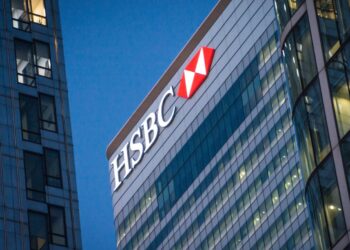Bentham CEO and lead portfolio manager, Richard Quin, said he was proud of the funds’ performance and record of consistently providing investors with regular and high levels of income.
“Twenty years ago, we set out to provide Australian investors with access to an asset class we thought had the potential to deliver a return of 3-4 per cent above Australian cash. We are pleased our High Yield Fund has achieved that goal,” Mr Quin said.
The Bentham High Yield Fund, which had its 20 year anniversary in October, has averaged 8.27 per cent return (after-fees) per annum since inception and 12.38 per cent return (after-fees) per annum over 10 years.
“Over the past 20 years, US High Yield Bonds have provided Australian investors with a similar return to Australian equities, with around 30 per cent less volatility. While High Yield’s performance has been remarkable, the current interest rate environment of low-but-rising rates doesn’t favour High Yield Bonds at present, given these bonds offer fixed-rate coupons. While this may not be the time for this asset class to shine – that time will come again as the cycle turns.
“We currently see better investment opportunities in floating rate credit sectors globally, such as global loans and asset-backed securities, as well as flexible credit investment strategies which allow for active movement between different sectors,” he added.
The Global Income Fund, which had its 15 year anniversary in September, is averaging a 7.34 per cent return (after-fees) per annum since inception and 10.86 per cent return (after-fees) per annum over 10 years.
Mr Quin said this fund was created as a solution to a problem: “In the early 2000’s, a colleague was struggling to find suitable investments for his mother as she approached retirement. He was seeking a globally-diversified income fund, offering regular, high-yielding distributions, but with less capital volatility than equities. That’s how our Global Income Fund came into existence,” he recalled.
Commenting on the need for Australian investors to be active in their asset allocation, Mr Quin noted that the typical Australian investment portfolio is largely split between cash, government bonds and equities, with a strong domestic focus.
“This has worked beautifully over the past two decades with both equities, cash and government bonds providing returns comfortably over inflation, with the low correlations between asset classes dampening volatility,” he said.
“However, today’s climate of low-but-rising interest rates does not mirror the past. The structural bull market for long-dated, fixed coupon government bonds over the past 30 years (supported by falling inflation and interest rates) cannot be repeated in the short term. We see an opportunity for investors to put their fixed income allocation to work a little differently than in the past by having a greater reliance on credit spreads rather than interest rate risk to generate returns.
“Greater diversification around credit allocation may help create a more resilient portfolio for the typical Australian investor; defending against low income, rising rates and domestic Australian downturn,” Mr Quin said.







